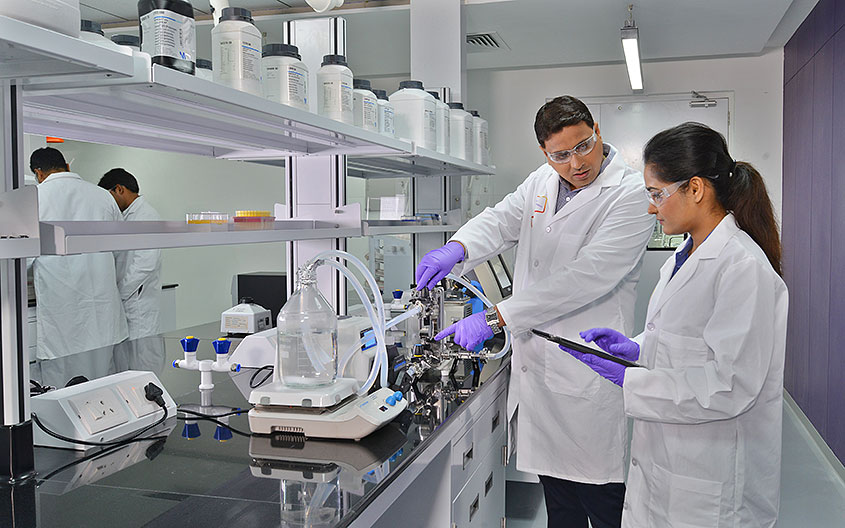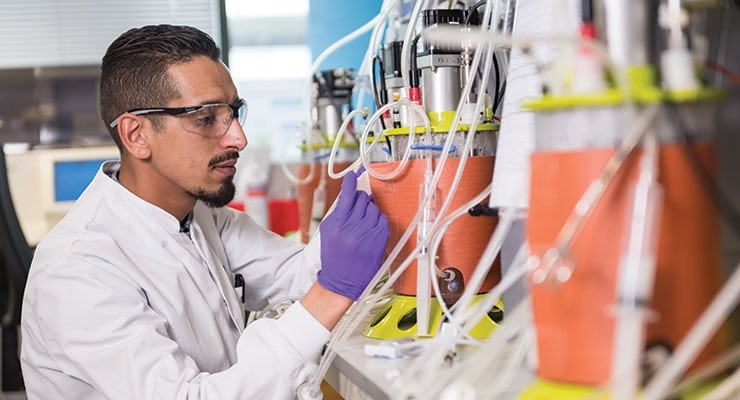The definition of Good Laboratory Practice (GLP) is given by the Organization for Economic Co-operation and Development (OECD) as “a quality system concerned with the organizational process and the conditions under which non-clinical health and environmental safety studies are planned, performed, monitored, recorded, archived, and reported.”
This definition has been applied by OECD member states and has been implemented in the countries by corresponding laws. For example, the EU Directive 2004/10/EC or in the US by 21 CFR 58.
The GLP principles, in their strict legal sense, apply only to such studies on pharmaceuticals which:
- Are non-clinical, i.e., are mostly conducted in animals in vitro, and include analytical aspects
- Are conceived to obtain data on the properties and/or safety with respect to human health and/or the environment of tested substances
- Are intended to be submitted to a national registration authority for the purposes of registering or licensing the tested substance or any product derived from it
To identify possible safety concerns, the non-clinical safety studies offer three types of evaluations:
- Toxicity studies
- General toxicity studies
- Genotoxicity studies
- Reproductive toxicity studies
- Carcinogenicity studies
- Safety pharmacology studies
- Cardiovascular
- Respiratory
- CNS
- Pharmaco-kinetics and toxico-kinetics evaluations included in GLP toxicity studies
Even for laboratories that do not claim GLP, several aspects of GLP can be applied in daily work to increase sustainable results. These include the definition of:
- Resources: Organization, personnel, facilities, equipment (requirement of Study Director)
- Rules: Protocols, standard operating procedures, concept of the Study Director as the pivotal point of study control
- Characterization: Test items, test system
- Documentation: Raw data, final report, archives
- Quality assurance: Independent from study conduct








